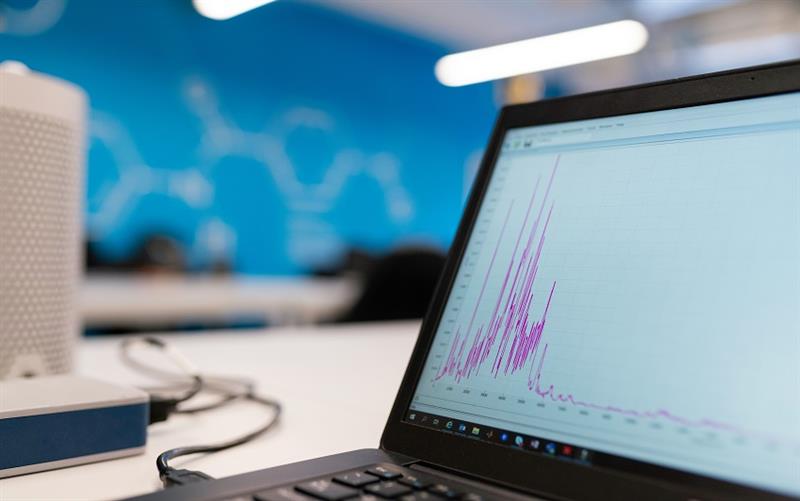
By facilitating access to care in isolated locations where traditional healthcare services are frequently limited, telemedicine software is revolutionizing the healthcare industry. It could lower healthcare inequities, enhance patient outcomes, and give clinicians and patients with affordable options. Telemedicine will become increasingly more important in determining the direction of healthcare in the future as its use grows, making sure that no one is left behind regardless of where they live.
Telemedicine is a long-term solution that will improve the standard of care for millions of people worldwide, not just a band-aid.
Telemedicine has become a game-changer in the healthcare sector in recent years, providing more patient-centered, patient-accessible, and efficient medical care. In distant and impoverished places where access to healthcare services is frequently limited, this invention has proven increasingly important. With the help of technology, telemedicine software helps close the gap between patients and healthcare professionals by providing care to those who might not otherwise have access to basic medical services. In this article, we examine the wider effects of telemedicine software on the healthcare system as well as how it is facilitating access to care in rural locations.
The Challenge of Healthcare Access in Remote Locations
Lack of access to specialist care, a lack of healthcare personnel, and inadequate infrastructure are common problems in remote places. Long travel times may be required for residents in these areas to receive care, which is expensive and time-consuming. Poor health outcomes are frequently the consequence of delayed diagnosis and treatment brought on by this lack of access.
Telemedicine software offers a practical solution to these difficulties by enabling healthcare providers to give care remotely via video conferencing, secure messaging, and online consultations. The quality of care in remote and rural areas could be greatly improved by this change in the way healthcare is provided.
The Operation of Telemedicine Software
Software systems for telemedicine combine a number of tools to let medical professionals diagnose, track, and treat patients without requiring face-to-face consultations. Usually, these platforms consist of:
1. Video Conferencing:
Patients can have video calls with healthcare providers during real-time virtual consultations. This is especially helpful in isolated locations where it could be difficult or impossible to get to a clinic or hospital.
2. Electronic Health Records (EHR):
Access to EHR systems is frequently provided by telemedicine software, guaranteeing that medical professionals have the most recent patient data available while consulting with patients. Better care continuity and better informed decision-making are made possible by this seamless connection.
3. Tools for Remote Monitoring:
Wearable technology and mobile health apps, for example, can send real-time health data to healthcare providers on behalf of people with chronic diseases. This lessens the need for frequent in-person visits by enabling proactive care of diseases like diabetes, hypertension, and heart disease.
4. Asynchronous Communication:
A lot of telemedicine platforms provide secure messaging so that patients can contact their doctors at any time with queries or health updates. By responding when it's convenient for them, providers may increase patient happiness and engagement.
Benefits of Telemedicine in Remote Areas
The use of telemedicine software has already demonstrated enormous promise in resolving problems with rural and remote healthcare access. Among the main advantages are:
1. Enhanced Availability of Experts
Geographic constraints frequently make it difficult for residents of distant places to access specialized treatment. By enabling patients to consult with doctors nationwide or even internationally, telemedicine removes these obstacles. For instance, a patient in a remote area can consult with a cardiologist or neurologist who practices in a bigger metropolis without ever having to leave their house.
2. Patient and provider cost savings
Telemedicine lessens the need for patients in remote places to travel, which can be costly and time-consuming. Additionally, by lessening the burden on actual clinics and hospitals, it aids healthcare facilities in making the most of their resources. Due to lower overhead and administrative costs, virtual consultations can also be more affordable for patients and providers.
3. Prompt Attention and Prompt Intervention
Early diagnosis and intervention are made possible by telemedicine's fast access to healthcare services. Due to financial or travel limitations, patients who might otherwise postpone seeking care can now receive quick medical advice and treatment. This can be especially crucial for controlling long-term illnesses or averting consequences.
4. Care Continuity
Better continuity of treatment can be achieved with telemedicine software, which allows patients to schedule routine follow-up consultations without needing to see a doctor in person. Patients who need continuous monitoring and modifications to their treatment programs, such as those recovering from operations or chronic diseases, can particularly benefit from this.
5. Strengthened Monitoring of Public Health
Telemedicine can enhance public health surveillance in isolated locations with limited access to medical information and resources. Healthcare practitioners can more efficiently track disease outbreaks, monitor patient populations, and carry out preventive actions by combining data from virtual consultations and remote monitoring devices.
The Future of Telemedicine in Remote Healthcare
Telemedicine has a bright future in rural areas. More complex telemedicine options, such as AI-driven diagnostics, sophisticated remote monitoring tools, and interaction with other digital health platforms, are anticipated as technology advances. There is strong impetus for further growth as governments and healthcare institutions come to understand the value of telemedicine in extending access to care.
Additionally, telemedicine software can be customized to meet the needs of a particular community, providing services in regional tongues, training healthcare professionals in cultural sensitivity, and specialized initiatives aimed at addressing common health problems in remote areas.